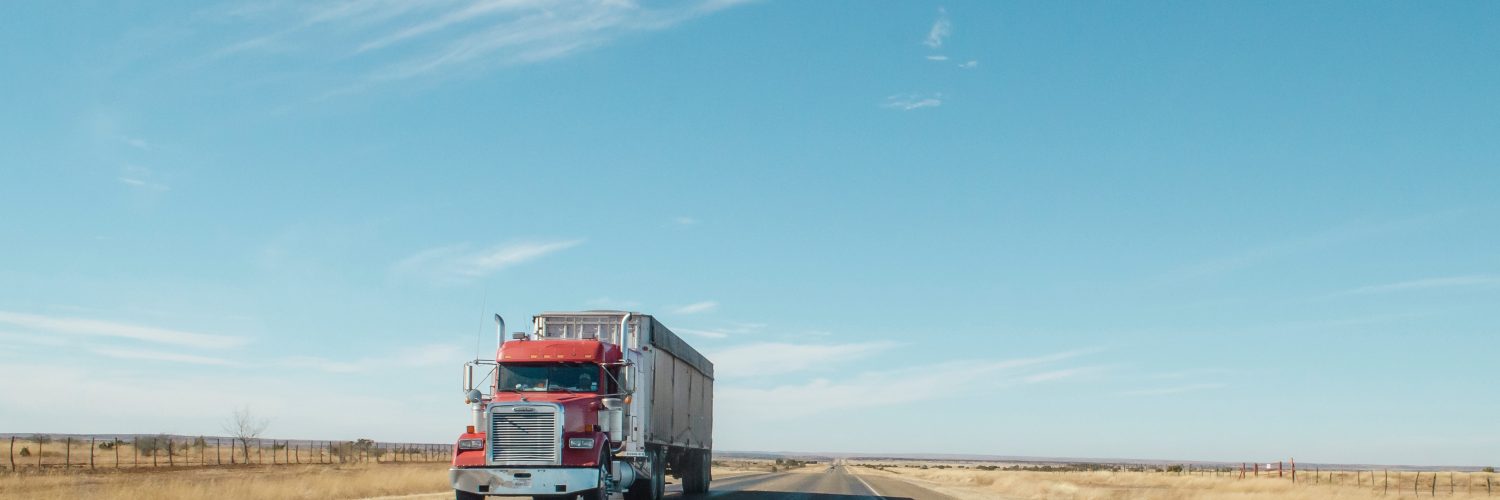Last September, Gov. Doug Ducey headed to Tucson to meet with leaders from the tech community, primarily the self-driving tech industry, to speak about the autonomous trucking company TuSimple, which announced an aggressive expansion in the Old Pueblo. Gov. Ducey spoke about how the company was a testament to the region and the fact that Arizona is leading the literal charge of this kind of tech in the United States.
Now, TuSimple is driving itself home after a successful appearance at the recent Consumer Electronics Show in Las Vegas, with plans to keep on expanding its operations in Tucson. The company began testing out its long-haul trucking services last year and is now partnering with Cummins to integrate its self-driving tech with new truck powertrains. Currently, TuSimple has 11 trucks and 12 clients, but will skyrocket to 40 trucks to expand its routes beyond California and Arizona, and head over to Texas for longer hauls.
TuSimple started out taking three to five trips per day with its limited fleet, and has experienced success, not only in timeliness and providing complete freight services, but also working to develop its autonomous tech. At the moment, the company is the only one like it in the country that’s offering daily commercial freight strips with autonomous trucks.
TuSimple has been self-sustaining in its early years, building its own trucks and hauling cargo. In the long-term this will not be its main gig. In fact, the company plans to expand out of self-driving freight and focus on marketing its suite of autonomous driving tech to other companies. For now, using trucks to haul freight is offering proof that it works.
“In Arizona, we’re committed to encouraging new technologies,” said Arizona Governor Doug Ducey, in a statement earlier. “TuSimple’s original expansion into our state, and this announcement to expand even more are a testament to the environment we’ve created here, one that is business-friendly, where innovators do what they do best: innovate.”
TuSimple uses unique sensors, cameras and radar to work together and propel the trucks onward under the self-driving tech. Trucks are currently operating between freight depots, avoiding city centers, but new routes will include a mix of highways and surface-street driving. The big test that the company will soon be filtering in is operating around humans and commuter vehicles within cities. The trucks mainly utilize cameras to help out its sensors to detect anything within reach, but radar and LiDar technology act as secondary sensors. LiDar uses light instead of radio waves and can only act as a component and not a main piece of the puzzle, since it doesn’t allow for highway speeds.
TuSimple is seeing how longer hauls, say, across the country, could be achieved with the given technology. Currently, the trucks can’t make it longer than their routes due to challenges related to refueling and the potential for breakdowns.
To help the mixture of technologies featured on the trucks to drive them autonomously, Cummins is stepping in to manufacture compatible hardware to control the diesel engines found in commercial trucks. This will help when TuSimple expands its operations and its fleet totals within a couple years.














Add comment